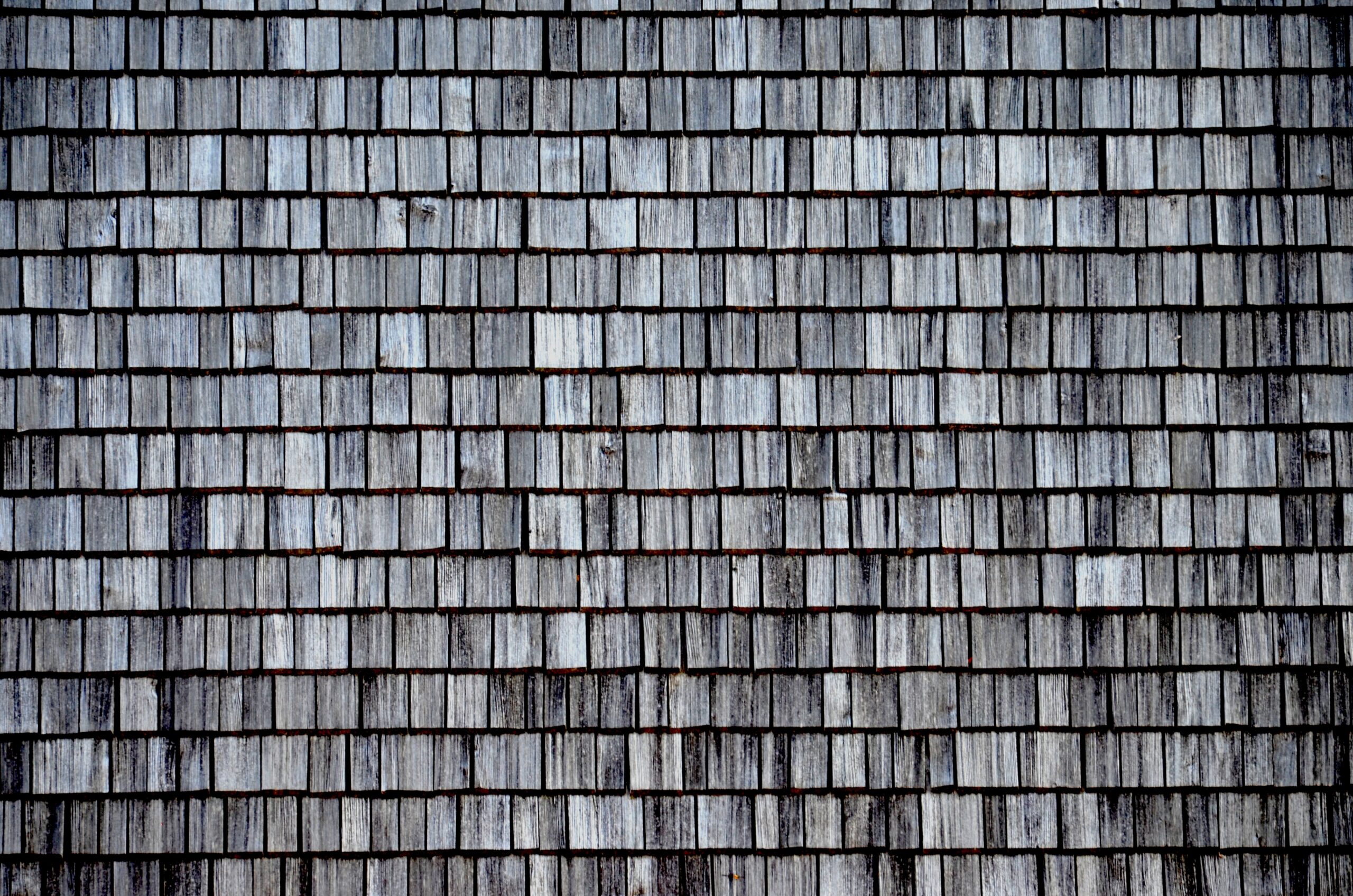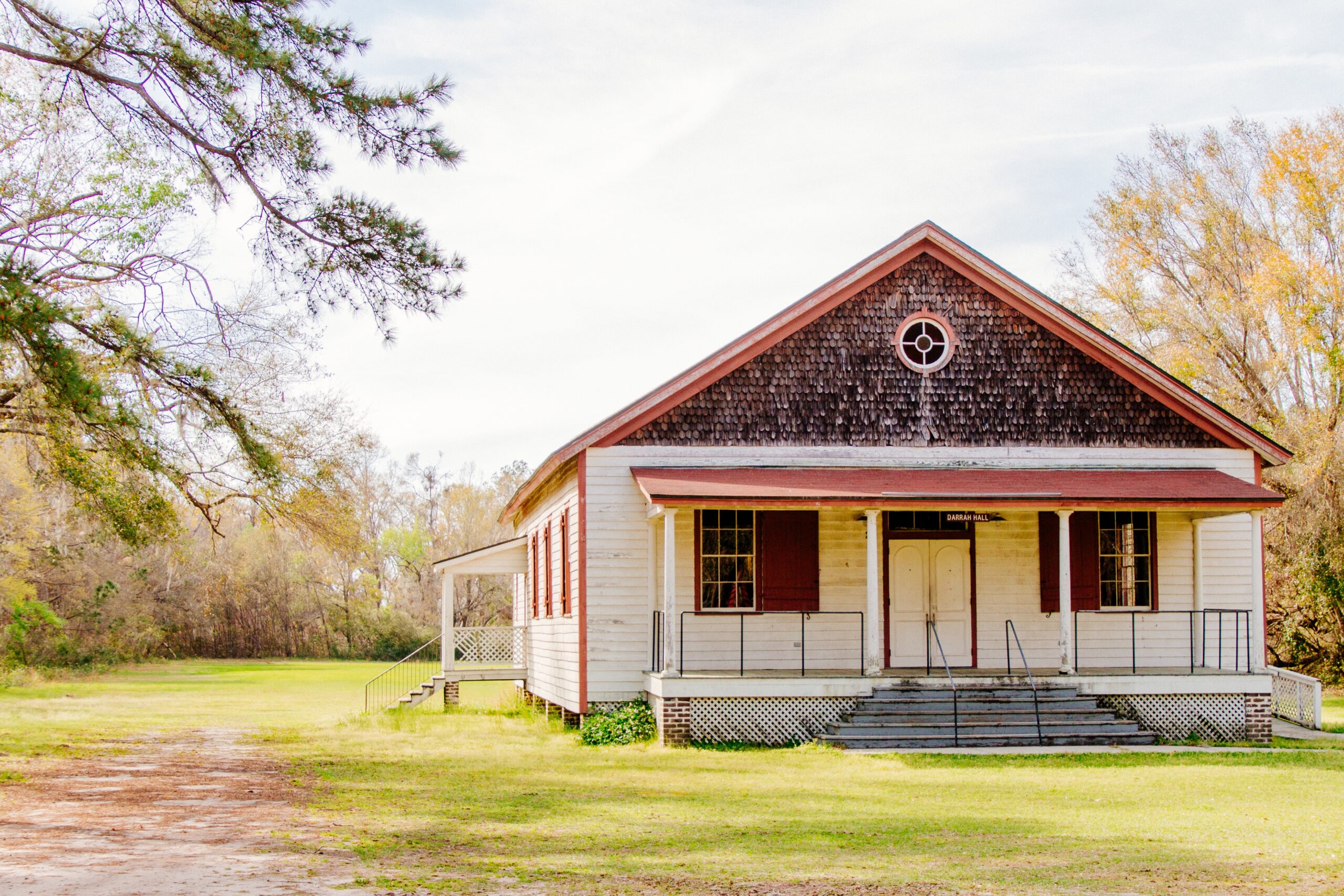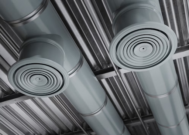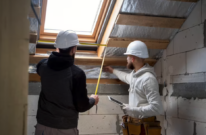Vinyl Cedar Shake Siding Buyers Guide for 2023


Max Shafer
Max Shafer, a distinguished BPA Advisor specializing in Roofing & Exterior Finishes, is passionate about sharing his extensive knowledge and expertise. Max's impactful work as a writer is prominently featured throughout Building Product Advisor. With a specific focus on roofing and exterior finishes, Max contributes valuable insights that shape discussions on cutting-edge construction practices and materials in these crucial areas.
A home's curb appeal is only as good as its exterior siding. Shake siding adds a unique appearance that can boost the home's look.
Shake siding was initially used in the United States in the 1880s. Shake is pieces of wood that have been broken from a log. However, because of developments in building products, manufacturers are now producing shakes from various materials, including fiber cement and vinyl.
Shake siding may be found all over the country and on a wide range of architectural designs — from Craftsman to Cape Cod homes.
What is Vinyl Cedar Shake Siding?
A synthetic cladding material called vinyl shake siding was created to look like traditional wood shake siding. Additionally, vinyl shake siding is made of a polymer that is incredibly resilient and can survive harsh conditions and changing weather.
Vinyl shake siding is comprised of overlapping, interlocking, and weatherproof panels. Today's manufacturers provide vinyl shake siding in various colors and textures that require little to no care and can last for decades.
Vinyl shake siding won't peel or flake because it is almost entirely weather-resistant and it doesn't decay. Plus, vinyl shake siding is typically less expensive than wood shingles.
Benefits of Vinyl Cedar Shake Siding
There are many advantages to choosing vinyl cedar shake siding for your home's exterior. The following are some benefits of vinyl shake siding:
It's customizable. Every vinyl shake project may be made to order because shake is available in nearly every design and color option. No matter your color or texture preferences, there is likely a vinyl shake for you.
It's durable. Your house is your castle, and you don't want it to deteriorate with time. Nearly all weather conditions can be handled with vinyl shake siding, and you won't have the need for labor-intensive maintenance processes like painting or sanding. When it's on, it stays on.
Easy Installation. Vinyl shake siding isn't any more difficult to install than the natural version. Many homeowners can even DIY their shake installation.
Vinyl Cedar Shake Siding vs Traditional Cedar Shake Siding?

External cladding finishes like vinyl shake siding and cedar shingles are provided to shield your home from the elements. If cedar is installed properly, it can be highly energy-efficient. However, installing it can be difficult, and it requires constant upkeep to remain durable.
Despite being a lightweight material, vinyl shake can endure hurricane-force winds if appropriately installed. Additionally, because of its synthetic makeup, it is incredibly resistant to many other environmental variables.
Differences
Appearances: Let's start by discussing appearances. After all, having curb appeal is a highly desired quality for homeowners. While cedar shingles might increase a home's value more, they will need more upkeep than vinyl shingles.
For those who can afford it and are dedicated to maintaining it, cedar shingles — and most wood siding options — are a popular option due to their timeless elegance.
Additionally, you can make your house distinctive by painting or staining the cedar shingles. If you go this route, remember that you will need to repaint or stain the shingles every three to five years to maintain their health.
On the other hand, vinyl shake siding is now engineered and made to seem almost identical to wood. As a result, it is no longer accurate to say that vinyl has a cheaper or less authentic appearance.
Cedar shingles and vinyl shake siding give that special craftsman-style appearance, making it challenging to identify the difference between the two unless you examine them up close.
Unless you just have a strong preference for wood, you will need to weigh many more factors than aesthetics when choosing between the two.
Durability: The first vinyl siding products were fragile and unpredictable. Homeowners had to pay for pricey repairs due to the vinyl siding's inability to withstand temperature changes. Things are different now, however.
Vinyl is a popular material for many applications due to its longevity. It is almost entirely weather resistant and does not corrode or degrade. During manufacture, the vinyl siding's color permeates the polymer composition of the siding, which maintains your chosen color even several years later. You won't need to repaint your vinyl siding every few years, although, over time, sun exposure may still cause some fading.
Vinyl siding is the way to go if you're searching for a reliable long-term solution that requires little to no upkeep. Cedar shingles require a structured maintenance program, but they are also a very durable cladding alternative.
The truth is that vinyl shake siding and cedar shingles are about equally durable, with a slight edge given to vinyl shake siding. The drawback of cedar shingles is that wooden clapboard, regardless of style, is prone to bird damage. But at the end of the day, wood is still wood and can still sustain moisture damage.
Eco-Friendliness: First, vinyl products' polyvinyl chloride content is terrible for the environment. During production, usage, disposal, and recycling, vinyl siding emits VOCs. Plastic is plastic, after all!
On the other hand, given that producers properly adhere to forest preservation regulations, cedar is an entirely renewable natural resource. Cedarwood is also biodegradable and environmentally beneficial. Therefore, when it comes to disposal, cedar siding poses less environmental risk than vinyl siding.
Price: The average cost of vinyl shake siding, including labor and supplies, is $6.50 per square foot. This price will, of course, vary depending on where you live in the country. The grade of vinyl, the size and shape of your house, the desired style and texture, and installation can all affect the cost of vinyl shake siding.
Cedar shingles generally run between $6.00 and $10.00 per square foot for materials and installation. The wood's quality, the planks' size, the color, the size of your home, installation requirements, and upkeep are just a few of the variables that will affect the final price.
Maintenance: Whether or not you follow the manufacturer's suggested maintenance routine will determine how long any siding solution is warranted to last.
The low maintenance requirements of vinyl siding are a preferred benefit. However, you should continue to make an effort to periodically remove dirt and dust accumulation.
You can use a garden hose to clean your vinyl shake siding. Scrub the vinyl with a soft-bristle brush and a mild detergent to remove debris, mold, or mildew.
Cedar shingles should also be cleaned and inspected regularly. They will also require painting, sealing, or staining every few years to maintain their initial appearance — unless you want a natural weathered look.
Considerations for Replacing Cedar Shake Siding with Vinyl

If you are wondering whether it is time to replace your existing cedar shake siding with vinyl, here are five indicators that it may be time:
- Warping - It's probably time to replace your cedar siding if you discover that it has warped, as it likely means it has incurred moisture damage.
- Holes and cracks - Whether insect swarms bring them on, birds create them, or a backyard baseball game is the culprit, holes and cracks must be repaired immediately. If you find that your siding is riddled with them, it may be time to pull it down and replace it with vinyl.
- Loose or missing shingles: Shingles that are loose or missing may have been damaged or destroyed by extreme weather conditions or a home accident. It is most definitely time to replace those shingles before further damage is done. While one or two may not be cause to replace everything with vinyl, if you see a good portion of missing shake shingles could be a good time to make the switch.
- Mold and Mildew - The mold and mildew on a property is a telltale sign that the siding needs to be replaced. Where there is water damage, mold develops. The wood will eventually rot, which not only cuts down on the curb appeal but may also be unhealthy for the occupants. Mold is dangerous. Thus, when you have moldy cedar, it's a good time to switch to vinyl.
- Dry rot: This symptom is more straightforward to diagnose than others. By carefully inserting a screwdriver beneath boards and joints along gutters and chimneys, you may tell if a spot is unusually soft. Such softness would probably cause decaying damage that was beyond repair. In addition, siding that crumbles when tapped indicates the presence of dry rot. Decay and dry rot mean replacement is necessary.
How Much Does Vinyl Cedar Shake Siding Cost?
The typical price range for vinyl shake siding is $4 to $9 per square foot. Remember that both the work and the material are included in this. Most homeowners will only use shakes and shingles to cover a small piece of their house for an aesthetic look which is obviously cheaper than installing shake over the entire house.
If you feel like you have the DIY skills to install the shake sections yourself, you will only be shelling out for the materials. A square foot of material will cost between $2 and $4 on average.
It should be noted that vinyl shakes cost around four times as much as conventional vinyl panels. This is a result of their robustness and thickness.
Things that affect the price:
Removal And Disposal Of The Previous Siding: The project would be slightly more expensive if you already have siding. A crew can remove your old siding in a day or two. They will put the material in a leased garbage bin after removal. You will need to pay a fee for the disposal of the old siding.
Thickness And Shape Of The Shakes: One of the thicker siding alternatives is shakes. When you contrast them to shingles, you can see the difference. Because denser materials are typically more expensive, thickness is a significant determining factor for the price.
Customers have a variety of shake forms to pick from. You can choose from wavy, straight, or staggered edges. Straight edge shakes are the least expensive option because they often have a consistent size and shape. Wavy edges are generally the most expensive.
Additional Material: You will need to consider other goods like nails, flashing, and furring strips in addition to the shakes, which comprise the most considerable material expense. All these extra items will run you upwards of $1.50 per square foot when combined.
Labor: Shakes need more labor to put up, in contrast to panels, which are pretty simple. In addition to the standard installation fee, a contractor might add on some other fees if your job is particularly complicated.
As was already established, getting rid of trash raises expenses. However, if you hire experts, they will purchase the proper quantity of supplies for the job and are less likely to produce extra waste. Therefore, even though a seasoned specialist could cost more upfront, he will save project costs over time.
How to Install Vinyl Cedar Shake Siding?
Although installing cedar shake siding is not particularly challenging, the shakes must be installed similarly to roofing to prevent water incursion at the walls.
Watch this video on shake installation to learn more about the ins and outs of vinyl cedar shake siding installation.
Where to Buy Vinyl Shake Siding?
Vinyl cedar shake siding is a superb option to convey your enthusiasm for the natural beauty of cedar shakes and the rustic exterior appeal. Without the prohibitive cost and demanding maintenance of natural wood, vinyl shake siding has all the rustic charm.
Home Depot
Home Depot offers a varied selection of vinyl cedar shake siding in a range of neutral colors. The brands they carry include Novik, GAF, and Ply Gem.
Lowes
Lowe's carries Novik vinyl cedar shake products similar to what Home Depot carries. However, they also carry Georgia-Pacific, which has a wider range of color options.
CertainTeed
CertainTeed offers vinyl cedar shake that includes their proprietary Ageless Cedar design, meaning you can choose an "aged" look that maintains its aesthetic year after year. — whether you want a fresh-cut look or shingles that look like they were carved from driftwood.
Foundry
Foundry is known for flexibility as it offers a wide range of specialty colors and distinctive designs. They have 40 colors that come standard, and their vinyl molds are cast from actual cedar for a more natural and authentic look.
Get Smarter About Building Products
Join 50,000+ subscribers and get our 3 min daily newsletter on what matters in the building materials industry.
You might like this


Solving Ventilation Challenges: Metal Deck Profiles and Back Draft Dampers as Key Solutions
When it comes to building design and construction, ventilation is a critical factor that often presents significant challenges. Proper ventilation is essential for maintaining indoor air quality, controlling temperature, and ensuring occupant comfort and safety. In this article, we will explore how metal deck profiles and back draft dampers are key solutions for addressing ventilation […]


The Ultimate Guide to Home Insulation
When it comes to creating a comfortable and energy-efficient home, insulation plays a pivotal role. Proper insulation helps regulate indoor temperatures, reduces energy consumption, and enhances overall comfort. In this comprehensive guide, we’ll explore various aspects of home insulation, including the best types of insulation for different areas of your home and key considerations for […]


The Best Hidden Deck Fasteners: Concealed Elegance and Lasting Stability
Decks, those quintessential outdoor havens, serve as extensions of our living spaces, inviting us to bask in the open air. But what if we could take this experience to the next level? Enter concealed deck fasteners, the unsung heroes that elevate your deck’s appearance and structural integrity, all while keeping their existence a secret. In […]